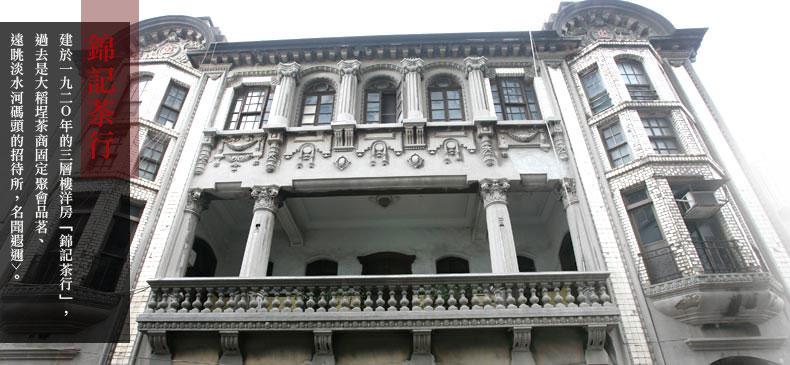

Da Dao Cheng started developing from this street. It was one of the most important business districts in northern Taiwan during the Qing and Japanese colonial period. Di-Hua Street was considered a well-developed avenue, mainly selling dried food, tea, rice, fabric and Chinese herbs. Each of the buildings along the street was unique. They decorated the facade gorgeously and seemed to compete with each other to see whose building was the most stylish. Di-Hua Street still remains the old business area and also a distribution center. Every year the Taipei government organizes “New Year Shopping Festival” for the citizens. Di-Hua Street becomes a must–visit place prior to the Chinese New Year. People can purchase the ingredients and traditional foods they need for the New Year reunion dinner.
MAP: http://goo.gl/maps/lMt2D
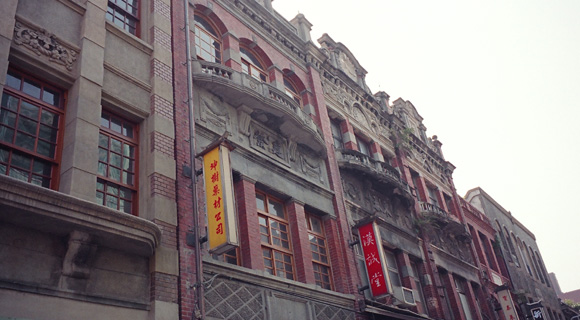
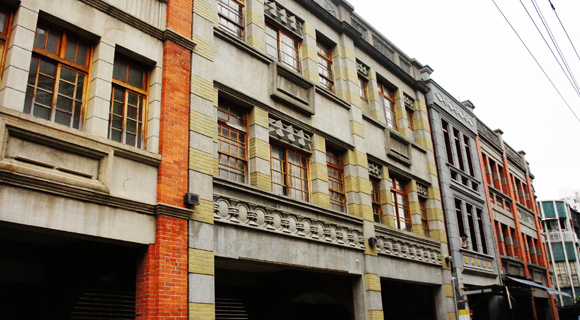
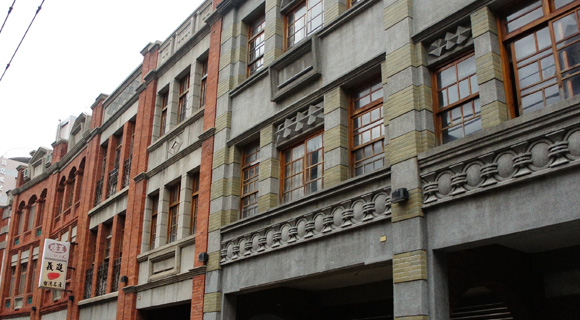

During the late Qing Dynasty, the Qing Government arranged an area for foreign residents. They built a 4 meter wide street. When the Japanese ruled Taiwan, the Japanese named the place Minamimachi (the harbor area) because it was by the river and the harbor was nearby. The old buildings on Gui-De Street were unique. In order to prevent flooding during the typhoon season, the foundations of the buildings were around one meter higher than the road.
Foreign companies, tea refinery factories, tea shops, hospitals, lecture halls and fabric shops all gathered along the street. It was the most prosperous street at that time. At the old time, the people on this street could enjoy the beautiful sunset and boat sails on the river. Gui-De Street is not as important as it used to be, but people can still sense the old time glory by viewing the beautiful old mansions along the street.
MAP: http://goo.gl/maps/kKxBS
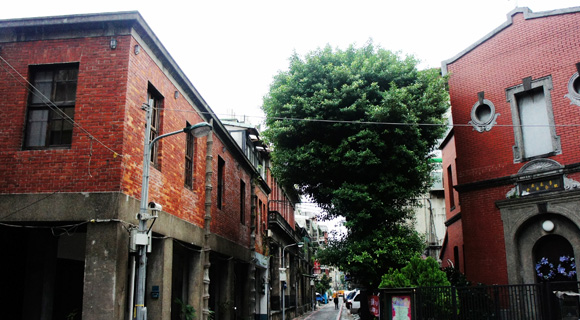

Lee Chun-Sheng Memorial Hall, a Christian Church. Lee Chun-Sheng was the then wealthiest businessman in Dao Dao Cheng. The building was built in 1937. The memorial hall was built by Lee Chun-Sheng’s family, relatives and also his congregation. The church was built like a man’s face. The two round shaped windows are the eyes. The rectangle shaped window in the middle on the second floor is the nose. The entrance is the mouth. It is at 44, Gui-De St., Da-Tong District, Taipei City.
MAP: http://goo.gl/maps/rbIL0
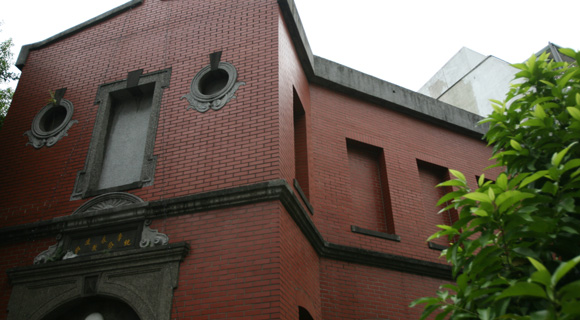

Chuang Hsieh-Fa was originally a grocery store. Built in the late 1920s, it doesn’t seem that attractive at first glance. But on closer examination, the beautiful balcony, the courtyard and bamboo-shaped water pipes are all unique and authentic. The removable wooden panels are typically used to arrange different spaces in the house. The culture studies expert Mr. Chuang yung-ming spent his childhood in this house with his parents, and his popular historical-story-telling session is arranged regularly for the visitors. It is at 53, Gui-De St, Da-Tong District, Taipei City.
BLOG: http://jaungyoungming-club.blogspot.tw/
MAP: http://goo.gl/maps/dQ8ec
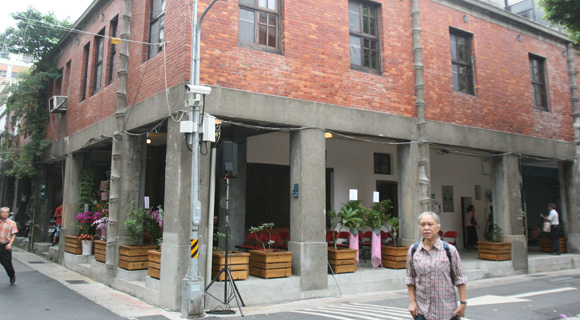
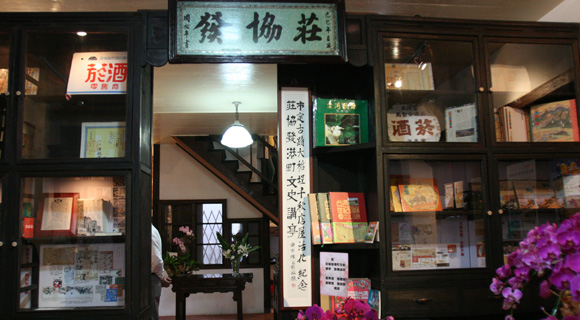

The building is on GuiDe Street, also known as the Tea Street. There is a magnificent mansion, combining both Chinese and western style, called the Ging-Ki Tea Shop (錦記茶行) It was built in 1923 and belonged to Mr. Chen Tian-Lai, the then tea tycoon. The interior decor was gorgeous and luxurious and the mansion’s balcony offered the best views. Beautiful sunsets and ferries on the river were enjoyed from this spot. The backyard garden of the Chens was once huge and beautiful. It’s at 73, Gue-De St., Da-Tong District, Taipei City.
MAP: http://goo.gl/maps/QNBES
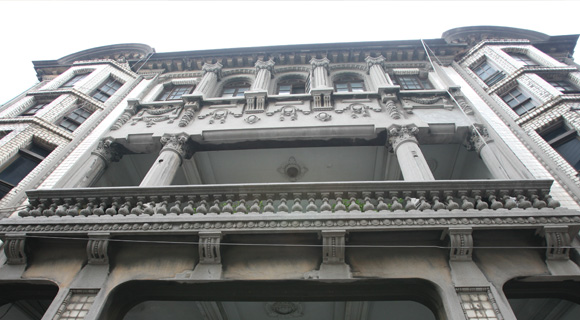

The name Salt Hall was due to Mr. Koo Xian-Rong’s monopoly on salt in the colonial period. In 1910 Mr. Koo Xian-Rong (辜顯榮) built his family’s wealth on salt. He was commissioned to build a mansion as both a trading office and as a private residence. The building is now used by Rong Shing kindergarten. Salt Hall is at 9, Lane 303, Gui-Shui St., Da-Tong District, Taipei City. TEL: 02-2553-6699
website: http://rongshing.topschool.com.tw/
MAP: http://goo.gl/maps/9PyyW
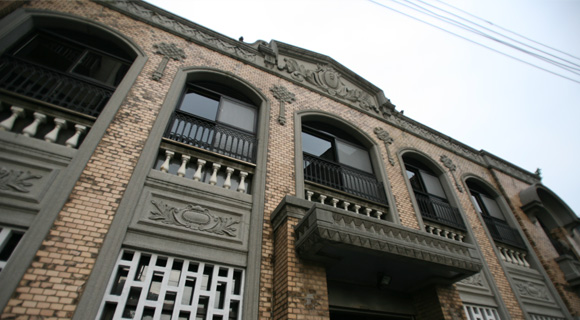

Taiheicho was known as "Taiwanese street" and it was the center of Taiwanese culture in the Japanese colonial period. More than 200 clubs, restaurants and theaters were located along the road. Shan Shui Ting, the Bolero, and the First Theater were favorites of the Taiwanese intellectual community.
MAP: http://goo.gl/maps/3rB9G
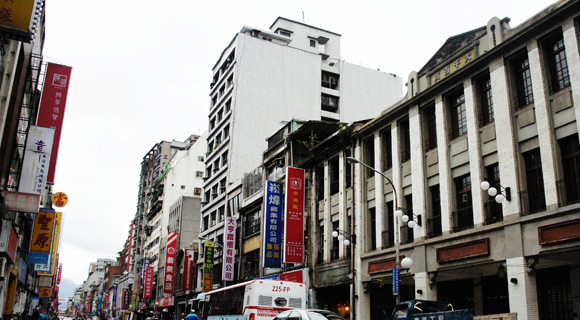

It was the clinic that belonged to the martyr Mr. Jiang Wei-Shui (蔣渭水). Mr. Jiang was also called the Taiwanese Dr. Sun Yet-Sen. He established the Taiwan Culture Association and led the Taiwanese Party to fight for the rights of Taiwanese. The right side of the Da-An Hospital was the publishing house for The Taiwan Minpao Newspaper(台灣民報). In 1934, I-Mei Foods bought the building; at that time the economy was still to dire straits. I-Mei Foods excels in the bakery field, and became the customers’ favorite. I-Mei Foods’ chain stores are everywhere. I-Mei Foods is one of the leading brands in Taiwan. It’s at 31, Yan-Ping N. Rd., Da-Tong District, Taipei City.
MAP: http://goo.gl/maps/En1J6
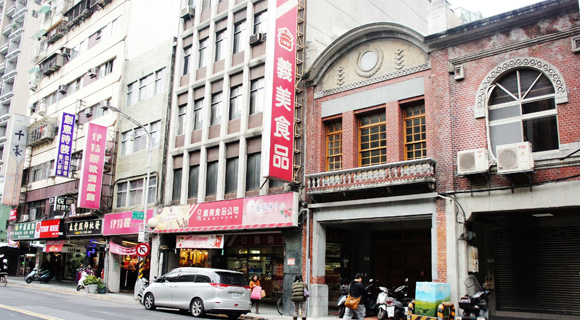
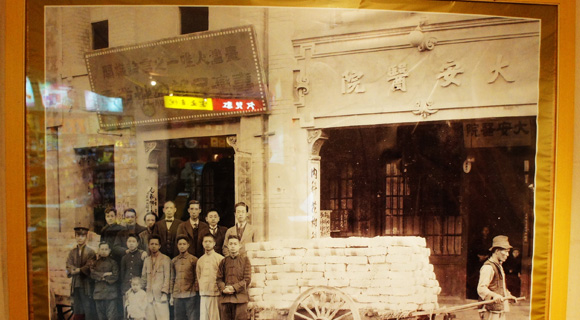
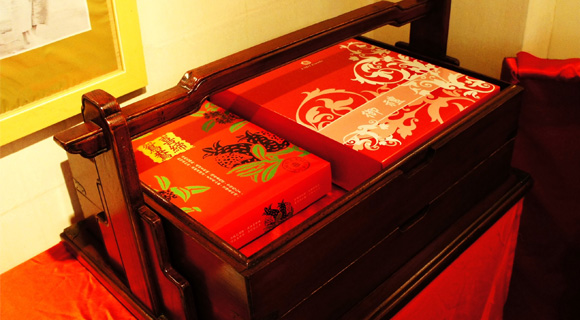

Ci-Sheng temple is one of the three important temples in Da Dao Cheng. The main deity is Mazu (the goddess of the sea) Mazu gives blessings to those who work at sea. It is a very common religion in Taiwan. The temple was originally built at the intersection of XiNing N. Road and MinSheng W. Road, very close to the harbor so that the goddess can protect the boats. The temple was moved and rebuilt in the current place. Food vendors gather in front of the temple, and attract lots of gourmands. It is located at 17, Lane 49, Bao-An St., Da-Tong District, Taipei City.
MAP: http://goo.gl/maps/0D1US
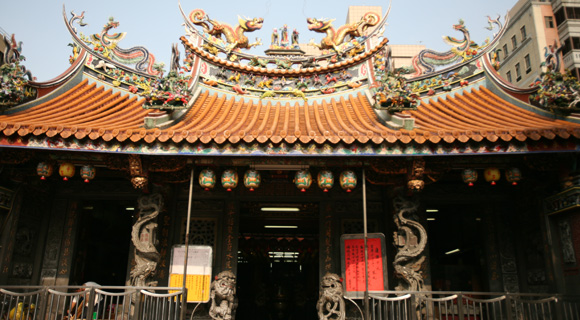

The Da Dao Cheng Worship House was built in 1915. Mr. Lee Chun-Sheng (李春生), the richest man in Da Dao Cheng at that time, built a Christian church and opened it to the public. The church has 2 entrances, one for the female, the other one for the male. We can tell that the Taiwanese were very conservative and shy at that time. It is at 40, Gan-Zhou St., Da-Tong District, Taipei City.
TEL:02-2553-9741
Website: http://www.tttchurch.org.tw/aboutus.html
MAP: http://goo.gl/maps/T2pff
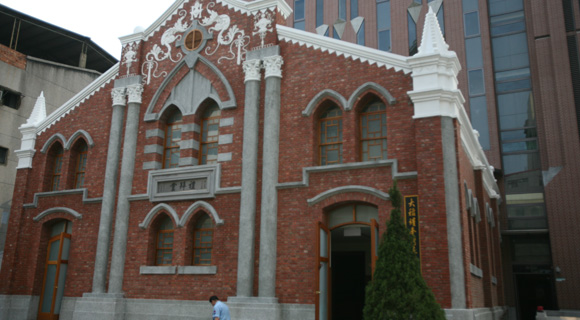

Da Dao Cheng suffered an outbreak of plagues in 1787. The tea traders built a temple for Fa Zhu Gong to get rid of the plagues. Due to the road-expanding construction project, the temple was torn down in 1968 and rebuilt in 1996. It became a 5-story building. The 1st floor is the passageway for vehicles. The Fa Zhu Gong Temple is famous for its Dua Gu Festival (大龜會). Gu is made from the mixture of glutinous rice and flour. It’s modeled into the shape of a turtle. Many people rush to get some Gus. People come to make a wish and bring a Gu back home to keep them safe and bring them good luck. The next year when they come to thank the deity, they have to bring two Gus back to the temple. Some followers will also use glutinous rice turtles as the offerings when praying. The temple is crowded and boisterous during its festival. The temple is at 2, Land 344, Nan-Jing W. Rd., Da-Tong District, Taipei City.
MAP: http://goo.gl/maps/dFJHi
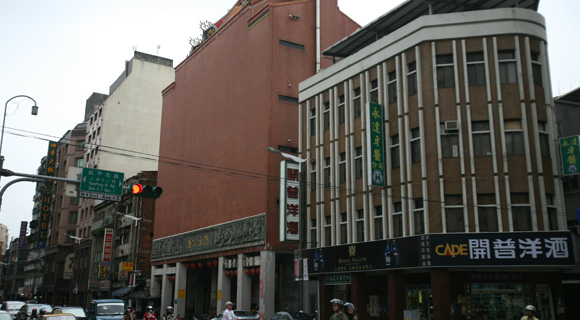
|

